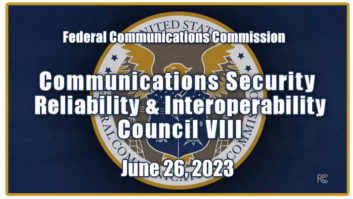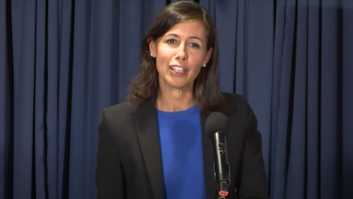FCC Chairwoman Jessica Rosenworcel would like the Wireless Emergency Alerts that we get on our phones to support languages beyond English and Spanish.
She sent letters to the nine largest WEA providers asking if machine learning or phone device settings can be used to help.
“WEA messages provide geographically targeted, text-like messages to mobile devices alerting consumers of imminent threats to safety in their area,” she stated in a press release.
“Since the program became operational in 2012, it has been used more than 70,000 times to warn the public about dangerous weather, missing children, or other critical situations.”
But they’re only in English and Spanish.
“That means many non-English speakers in the United States continue to lack crucial information about imminent dangers and other emergencies. I believe that language should not be a barrier to getting critical information that could save lives.”
She noted that New York Attorney General Letitia James has been vocal on this issue. James said that when Hurricane Ida hit New York City, many of the people hurt or killed could not understand English- or Spanish-only evacuation orders.
Rosenworcel sent her letters to AT&T, Cellcom, C-Spire, DISH, Google Fi, Lively, T-Mobile, US Cellular and Verizon. She asked them to explain their practices to ensure that messages are accessible to other language communities.
“Today, mobile devices offer users the ability to change the default language on their devices to a language of their choice,” she wrote.
“How can these kinds of device settings be leveraged to reach more people with WEAs? For example, could your networks allow alert originators to send a signal that would direct mobile devices to display pre-installed, pre-scripted WEA alerts in the default language selected by the user?”
[Related: “EAS Rules Modifications Put Broadcasters on the Clock to Comply“]
She also asked: “To the extent that your networks can allow mobile devices to display pre-installed, pre-scripted WEA alerts, could mobile devices couple pre-scripted messages with the context-specific informational elements in WEAs (such as the geographic area for which the alert is relevant or the time the alert is active), so that alert originators can send pre-scripted multilingual alerts while also capturing the most critical information unique to each emergency?”
She also wondered whether machine translation technologies could be used for translating alert messages and whether there are other ways to enhance WEA’s accessibility.
Comment on this or any article. Email [email protected].












